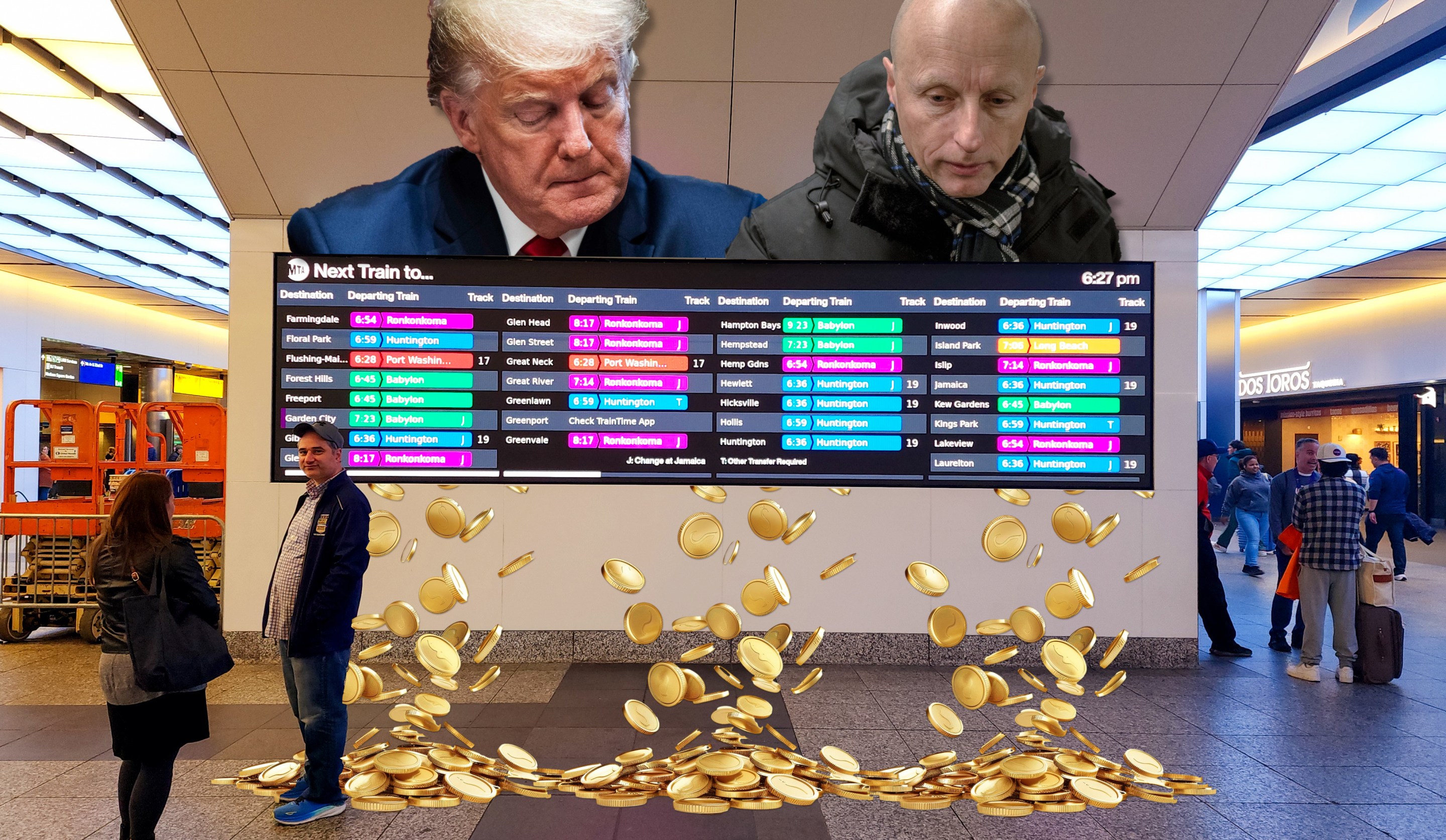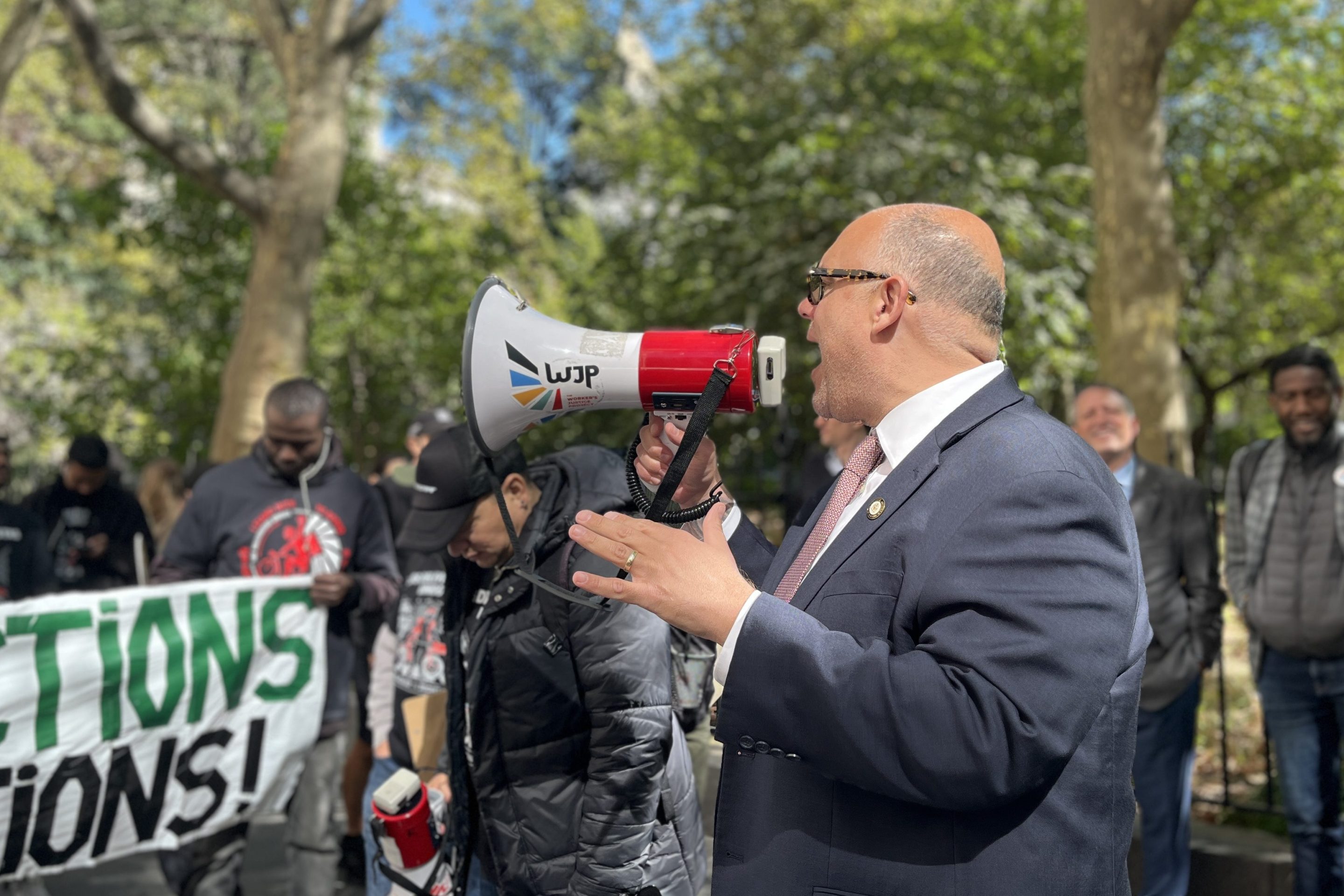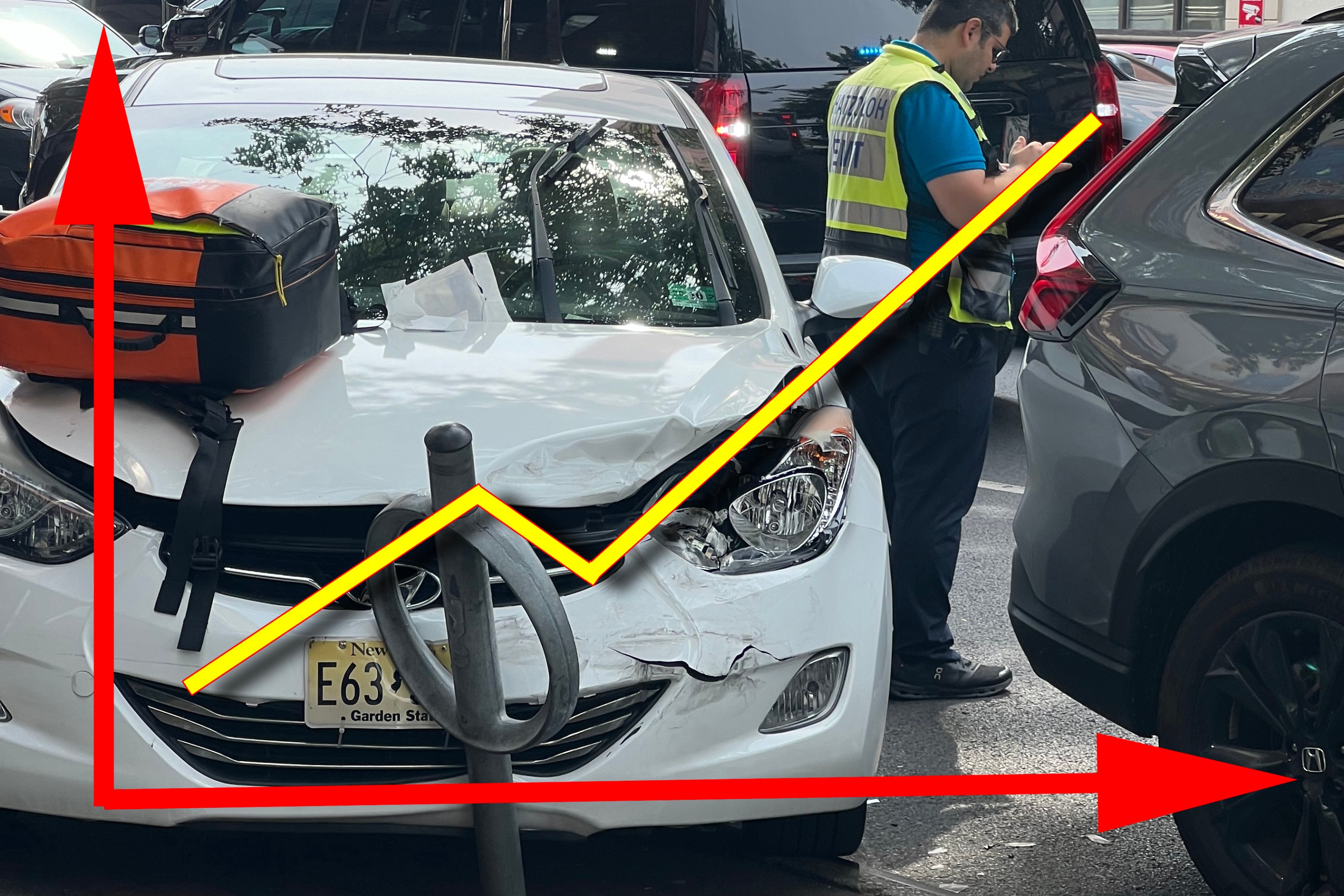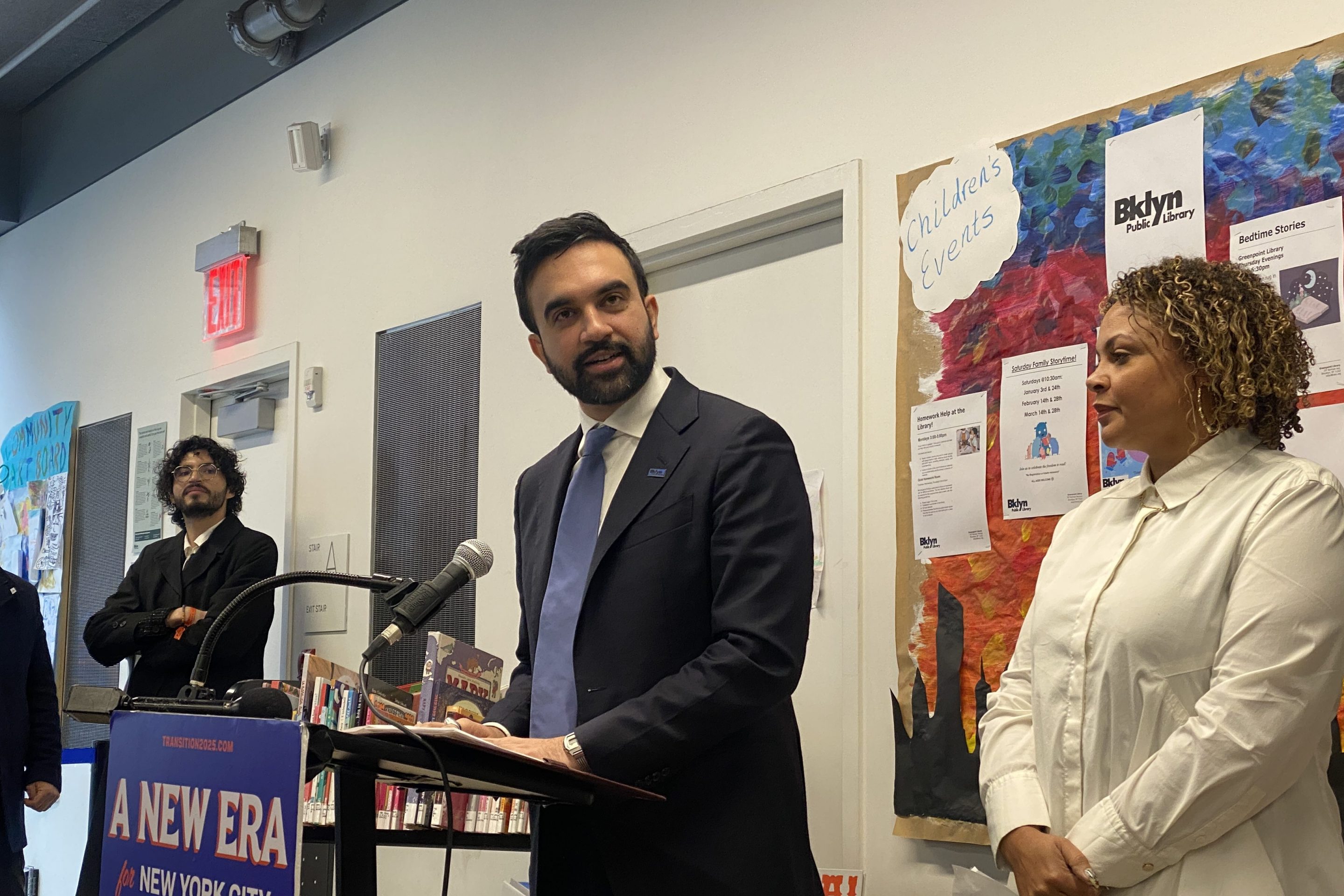Look out — this DBOM could go off.

Amtrak and Andy Byford's play to have a private developer fund and build a gleaming new Penn Station could leave rail commuters holding the bag for the next half-century because the railroad's privatization plan also allows the developer to operate the massive transit hub ... with fees passed on to riders.
The scheme to build the new station will let Amtrak's chosen developer avoid the financial risks associated with public works mega-projects by handing that developer the rights to run — and profit from — the complex for decades. Any developer would have to borrow billions to build something suitable to President Trump’s tastes. But this plan gives the private company the right to make that money back — and more — by charging fees to Penn Station’s transit agencies, commuters, retail tenants or some combination of the three.
Amtrak last month invited developers to share their interest and credentials in preparation for the federally owned inter-city railroad inviting requests for proposals to redevelop Penn Station, the country's busiest transit hub. According to the request for letters of interest, whatever developer wins the public-private partnership deal to rebuild the station will design, build, operate, maintain and finance the facility — an arrangement known as a DBOM.
Unlike a capital project, where a public agency hires a private contractor to build something that the government owns, the payoff for the developer in a DBOM comes from running the actual facility after it's built.
In theory, the developer in a privately financed deal is supposed to build faster, cheaper and better than the government because it puts its own money at risk. But it has not worked out that way on transit expansions in places like London and the D.C. suburbs, where taxpayers have paid for costly failures. In project after project across the globe, the public winds up paying for developer mishaps and delays because transit infrastructure is "too big to fail" — citizens foot the bill because otherwise the project won't get finished.
Amtrak's potential DBOM says that developers "will be responsible for obtaining equity and debt financing" to pay for the project. With some public-private partnerships, such as a toll road, the developer takes on a risk that it won't make money if no one shows up to use it. But whoever builds Penn Station won't have to worry that the railroads simply stop running service to the transit hub.
Instead, under Byford and Amtrak's plan, Penn Station's developer has the potential to make its windfall from user fees collected over the course of a 30- or even 50-year operational arrangement. Those fees will likely come from either railroad tenants directly (the MTA, NJ Transit and Amtrak) or via a surcharge on every train ticket sold for for a trip that originates from Penn Station, according to advocates and transit-watchers.
Either arrangement would free the developer from any risk associated with cost overruns or simply building an overly extravagant project that satisfies Trump's architectural palate. If the project cost soars, the cost to commuters soars.
John Kaehny, who, as executive director of Reinvent Albany, has monitored the last decade of Penn Station financing schemes and scams, said New Yorkers need to understand the risks before shovels go in the ground.
"We don't want the MTA or its riders paying for a gold-plated Trump Station whose potentially extravagant costs — including relocating Madison Square Garden — New Yorkers have no control over," Kaehny said. "Unfortunately, that's the nightmare created by Amtrak's proposal for a privately financed, built and operated Penn Station.
"Trump and Byford are going to claim that Trump Station is free — paid for by the private sector — but there's no such thing as a free lunch and we don't want MTA riders and 'user fees' on the menu," he added.
It's not the first time a potential Penn Station developer has proposed collecting user fees from New York commuters. Two years ago, construction conglomerate ASTM proposed borrowing billions to reconstruct Penn Station and then collect $250 million per year for 50 years from Amtrak, the MTA and NJ Transit.
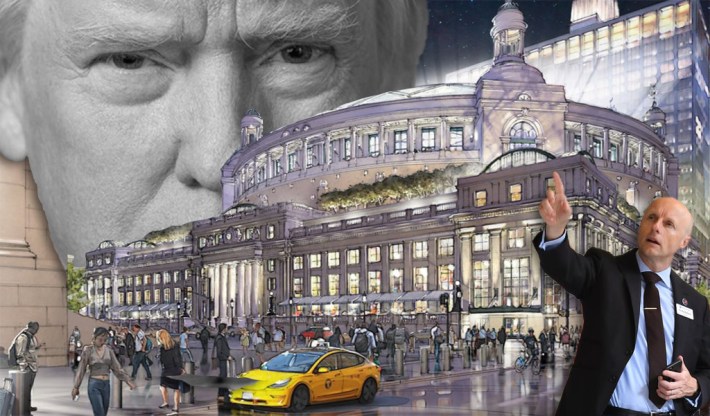
Donald Trump wasn't in charge of selecting a design for the project two years ago, however. Fast forward to 2025, and Byford has said that Trump will have the final approval of the developer and its design of the project. Amtrak officials insist it's standard practice for the president to review the project, but it's easy to imagine would-be developers proposing extravagant and expensive touches to catch the eye of a man currently attaching gold filigree and a $300-million ballroom to the White House.
Amtrak officials have said they intend to get as much public funding for the project as they can, and the solicitation letter names a couple of federal transit loans the agency plans to apply for or help the master developer secure. Even then, Kaehny said, the consortium doing the project may need to find at least $5 billion in loans on the private market, which come at a much higher interest rate that could falls on commuters to pay back.
And even with the gesture towards federal transit loans, Amtrak officials said last week that they expect developers to come to them with imaginative finance plans that require the smallest draw from the public purse. But there are only so many "imaginative" financial ideas available for a project like this. Beyond passenger fees or fees charged directly to the transit agencies, the master developer could try to make money from retail stores in Penn Station. It's unlikely that would be very lucrative though, given the existing struggles of transit-based retail shops in the era of dying malls.
The master developer could also attempt to get the development rights buried in the state's General Project Plan for Gov. Hochul and former Gov. Andrew Cuomo's Penn Station boondoggle, which would have funded the station redevelopment with payments made by real estate developer Vornado. But that plan isn't free money either: it takes property that should be on the city tax rolls and redirects it to a looming vanity project.
As things stand, the MTA still has decades left on its pre-paid lease at Penn Station, which transit watchers said may protect the agency from a rent hike and LIRR and Metro-North riders from getting soaked with fees, though Amtrak and the eventual master developer will no doubt look to see if there's a leaseholder improvement clause that allows the development costs to be passed on by the developer.
"Most people can't just say, 'I've decided to renegotiate the lease in the middle of it,'" said Lisa Daglian, the executive director of the Permanent Citizens Advisory Committee to the MTA. "Granted, we're not dealing with most people, so they can try, but by the time this project is finished, who knows who will be [in charge]. We know specifically who won't be."
Amtrak sent the following statement two days after publication: "Until a master developer is selected, it would be premature to speculate on the project's budget or timeline. Our priority is to identify private-sector partners who can deliver this project efficiently and cost-effectively — ensuring it stays on schedule, within budget, and minimizes costs for taxpayers."
